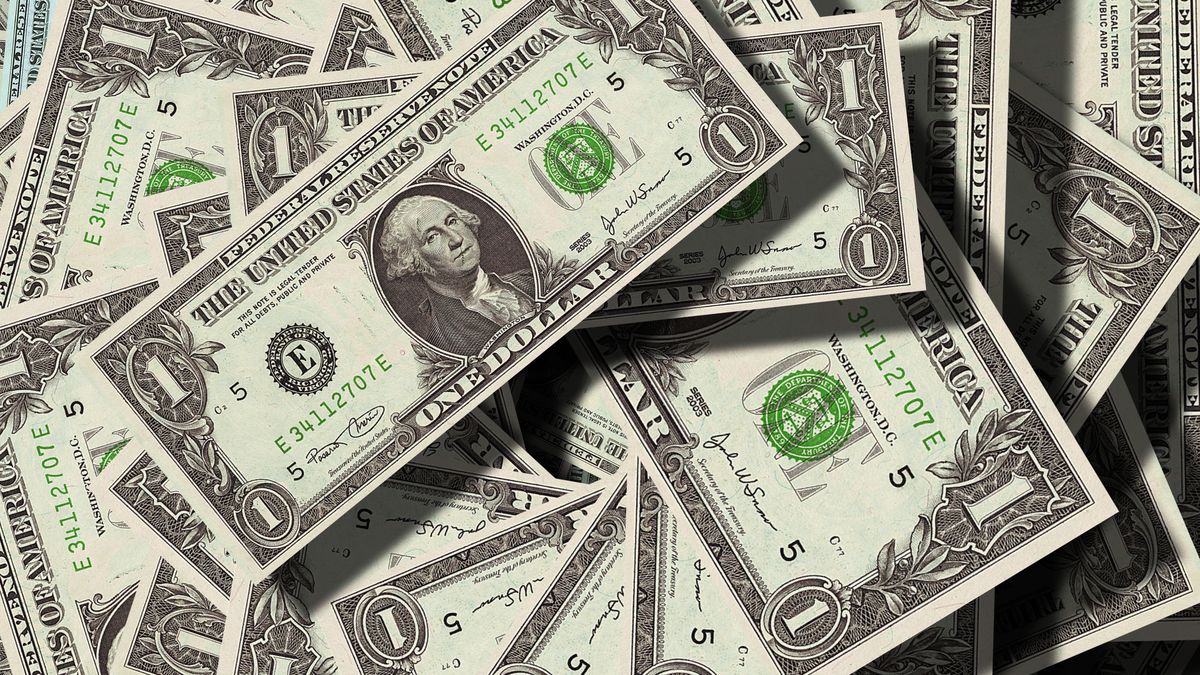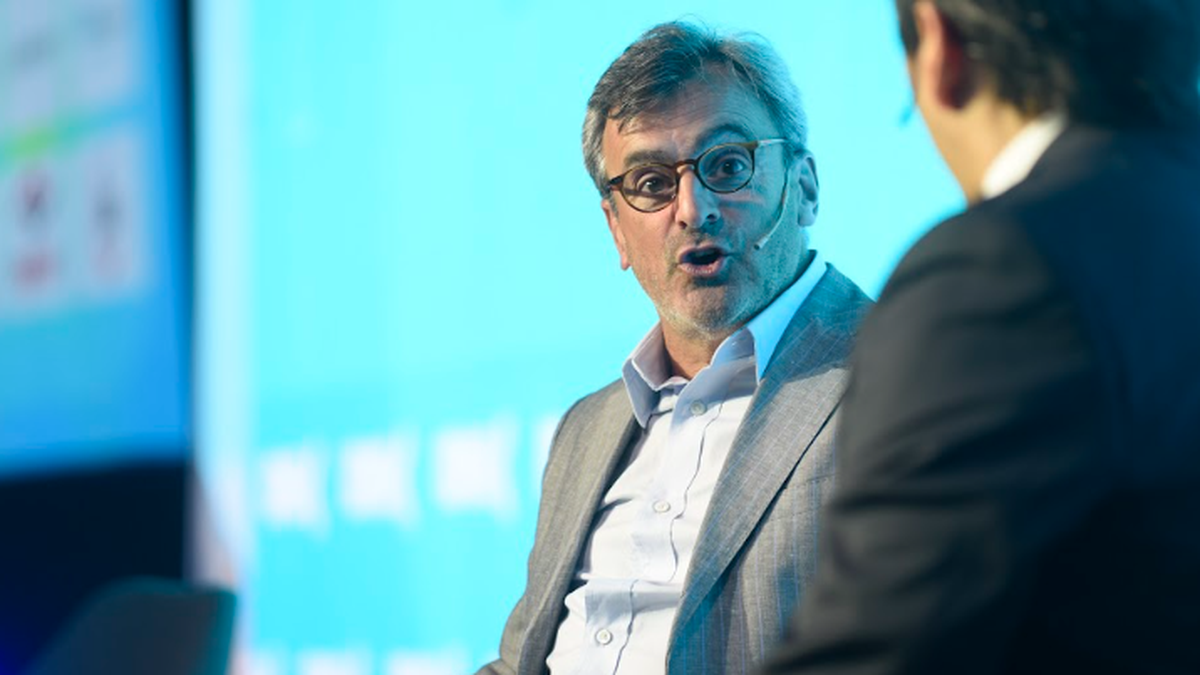In addition, in anticipation of the decision of the US Federal Reserve on monetary policy, the dollar Cash with Settlement (CCL) -operated with the Global 2030 bond- it yielded $6.05 (-1.5%) – its steepest drop since January 18 – to $393.54. In this way, the spread with the wholesale exchange rate is reduced to 91.5%.
While, the MEP dollar -operated with the Global 2030 bond- falls $3.16 (-0.8%) to $382.82. Indeed, the gap with the official is located in the 86.6%.
In the informal market, for its part, the blue dollar fell $3 to $391, after shooting up $8 on Tuesday, according to the survey of Ambit in caves of the city of Buenos Aires.
On Tuesday after the market closed, the Ministry of Economy launched a The package includes an exchange of US$4,000 million in bonds under foreign law (global or GD) that are held by national public sector organizations for securities in pesos and the incorporation of bonds in dollars under local law ( bonars or AL) in the CCL dollar operation.
In this way, it seeks to give greater depth to the market with which the CCL dollar is operated -which is currently authorized exclusively for GD29, GD30, GD35 and the rest of the global series- and, at the same time, give instruments to the Treasury and the Central Bank to act in the financial exchange market to avoid jumps in the gap .
The new regulations will be made effective through resolutions of the Central Bank, the National Securities Commission (CNV) and the National Insurance Superintendence, which will be published in the Official Gazette, according to official sources confirmed to Télam.
The Minister of Economy, Sergio Massa, met this Wednesday with bankers to explain details of his decision to force all national public bodies to exchange their holdings of bonds in dollars under foreign legislation for public securities in pesos to be issued by the Treasury.
The meeting began after 9 o’clock this Tuesday in the Belgrano Hall of the Ministry of Economy. Massa was accompanied by the secretaries of Economic Policy, Gabriel Rubinstein and of Finance, Eduardo Setti; the head of the advisory cabinet, Leonardo Madcur; the president of the Central Bank, Miguel Pesce and the head of INDEC, Marco Lavagna, among others.
Among the bankers, the presidents of Banco Macro, Jorge Brito; from Banco Santander, Alejandro Butti and from Banco Credicoop, Carlos Heller, as well as executives from banks Galicia, BBVA and heads of business chambers in the sector, along with executives from entities linked to investment funds and insurance.
Source: Ambito
I am a 24-year-old writer and journalist who has been working in the news industry for the past two years. I write primarily about market news, so if you’re looking for insights into what’s going on in the stock market or economic indicators, you’ve come to the right place. I also dabble in writing articles on lifestyle trends and pop culture news.




